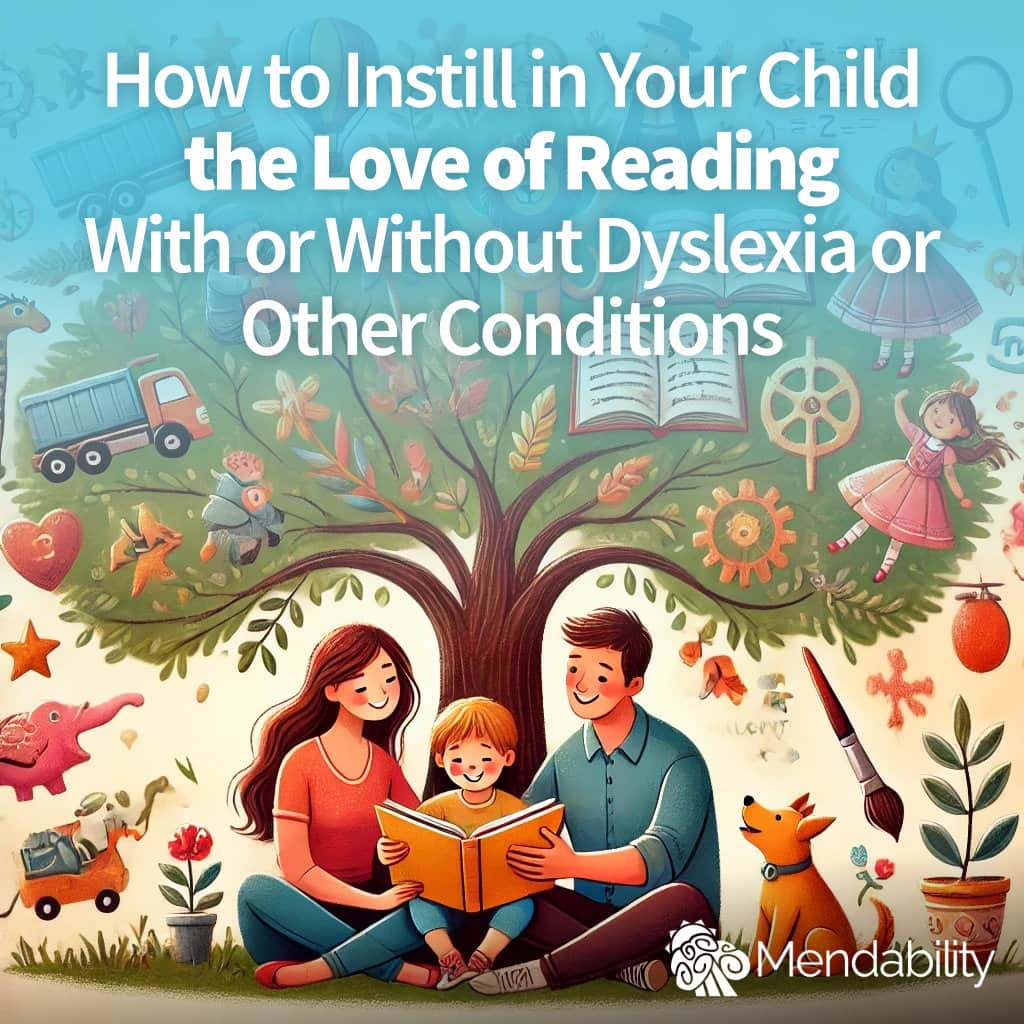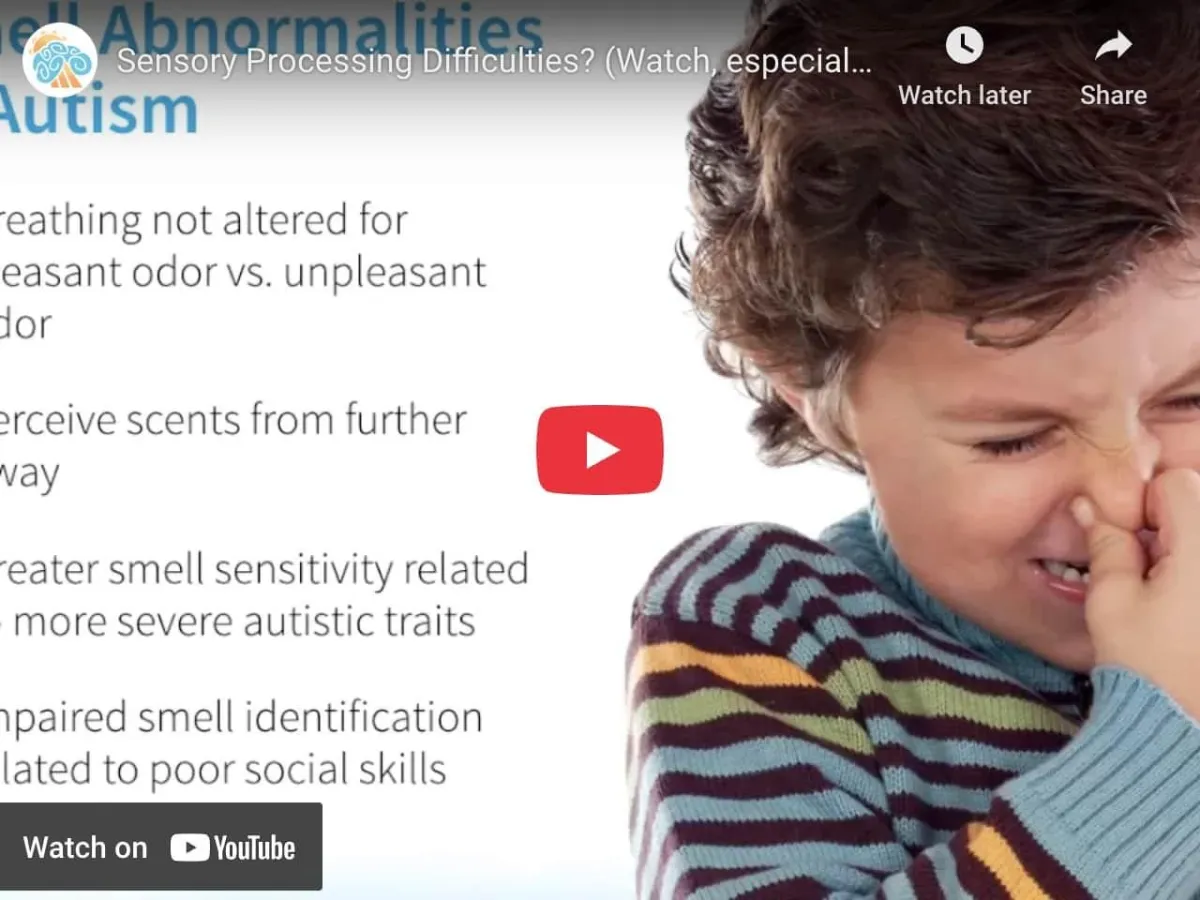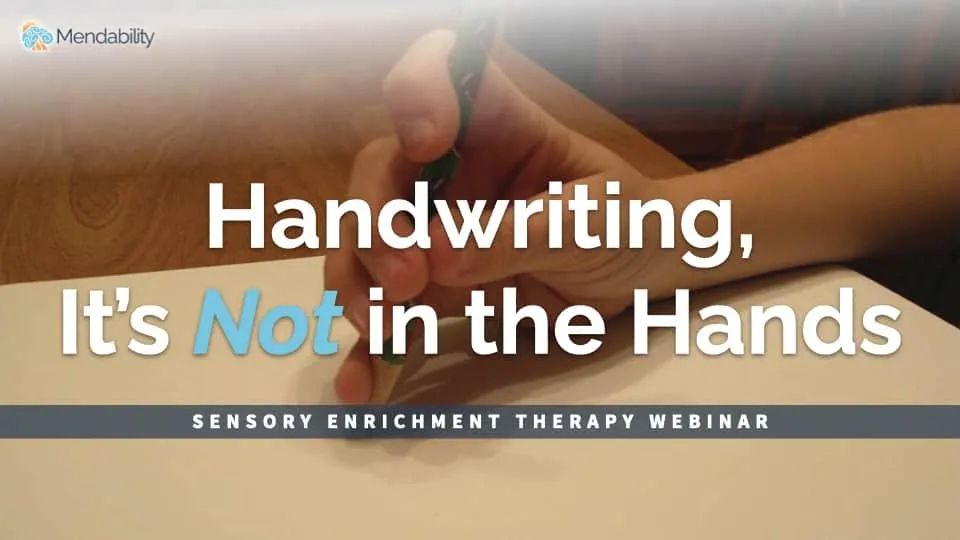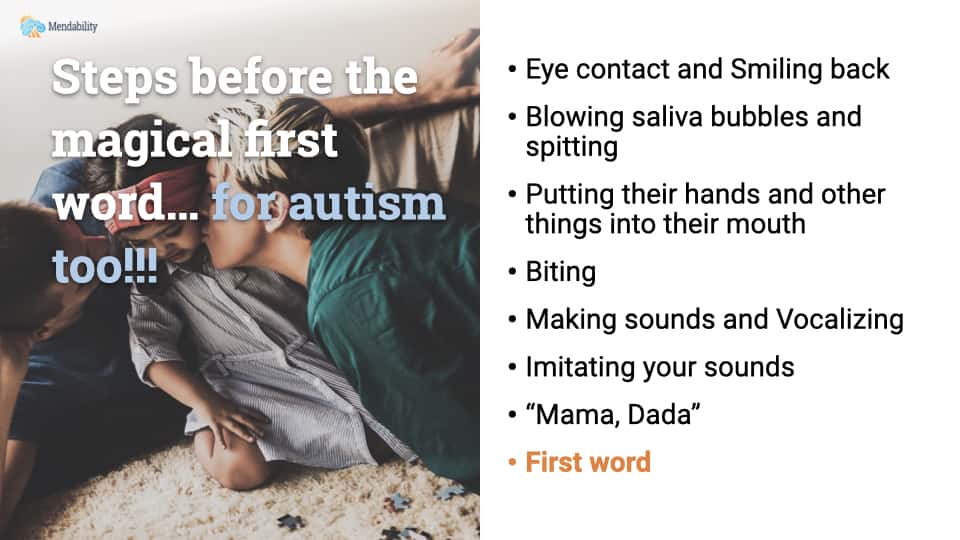
How to Instill a Love of Reading—With or Without Dyslexia or Other Conditions
In this enlightening conversation with Dr. Danny Brassell, we explore the vital role parents play in instilling a love of reading in their children, particularly those facing challenges such as dyslexia. Danny shares his insights and practical strategies that can help make reading an enjoyable and integral part of daily life for all children.
Table of Contents
Building a Love of Reading: Strategies for Parents
In a world filled with distractions, fostering a love of reading in children is more crucial than ever. This journey involves not just teaching kids how to read, but igniting their desire to read. Dr. Danny Brassell emphasizes the importance of bridging the gap between the mechanics of reading and the intrinsic motivation to engage with books.
His passion for reading engagement is evident in his innovative programs designed to help children not only read better but also develop a genuine love for reading.
“My mission is to bring joy back in education and workplace… I have the world’s top reading engagement program online, which in just over two months shows parents how to get their kids to read more, read better, and most importantly, to get kids to love reading.”
Want to Read vs. How to Read
Encouraging a love of reading is essential for children’s development. Reading enhances cognitive skills, improves vocabulary, and fosters empathy. However, the key lies in making reading enjoyable. Children who see reading as a chore will inevitably resist it. Dr. Brassell argues that interest is the driving force behind engagement.
“Interest drives all that you do and there are simple strategies I love to share with parents on how to build that interest because it’s all in the reps.”
For many kids, especially those who struggle with reading, the challenge can feel overwhelming. The emotional connection to reading is often what fuels perseverance. When children feel that reading is relevant to their lives, they are more likely to engage with it. This connection is crucial in helping them view reading as a valuable skill rather than an obligation.
How Can We Bridge the Gap Between Learning to Read and Wanting to Read?
Dr. Brassell highlights the distinction between learning how to read and wanting to read, particularly for children who find traditional reading materials uninteresting. For instance, he recounts how he found success in teaching seventh graders by providing them with manuals on topics they were passionate about, like fixing cars.
“If I give them a manual on how to fix a Chevy, they’ll memorize it from cover to cover because they’re interested.”
This approach highlights the importance of aligning reading materials with children’s interests. By doing so, parents can help their children make connections between reading and their passions, ultimately transforming reading into a source of enjoyment rather than a chore.
Closed Captioning Enhance Reading Skills?
To spark interest in reading, Dr. Brassell recommends several practical strategies. One effective method he advocates is turning on closed captioning while watching television. This simple act can significantly enhance reading skills without the child even realizing it.
“So one of the first strategies I always share with parents is turn the closed captioning on the television.”
Closed captioning is not just a tool for accessibility; it can also be a powerful reading aid. Dr. Brassell explains that children are naturally inclined to read along when subtitles are available, which helps reinforce their reading skills.
“If you look at reading scores around the world, the more kids watch TV, the lower their reading scores are… except for one. The country where the kids watch the most TV has the highest reading scores on the planet. It’s Finland.”
This phenomenon highlights the critical role of exposure to written language in developing reading skills. When children engage with text regularly, even in the context of entertainment, they are more likely to improve their literacy. This strategy is particularly beneficial for reluctant readers, as it provides them with a low-pressure environment to practice their skills.
67 and 20: Two Critical Reading Habit Numbers Parents Should Know
Understanding the statistics surrounding reading habits can empower parents to take action. Dr. Brassell identifies two pivotal numbers: 67 and 20. The former represents the average time it takes to develop a new habit, while the latter suggests that just twenty minutes of reading outside of school can dramatically impact a child’s academic performance.
“The kids in the 20th percentile… averaged less than a minute a day reading outside of school… the kids in the 70th percentile… averaged 9.6 minutes a day of reading outside of school.”
This data reveals that even small changes can lead to significant improvements. By encouraging just a few more minutes of reading daily, parents can help their children transition from struggling readers to confident ones. The goal should be to create an environment where reading becomes a natural and enjoyable part of life.
As Dr. Brassell illustrates, the journey to fostering a love of reading involves patience and dedication. It requires parents to be proactive in seeking out materials that resonate with their children’s interests and to create routines that prioritize reading. By doing so, they can help their children develop not just the skills, but the passion for reading that will serve them throughout their lives.
Reading Aloud: A Powerful Tool for Engagement
Reading aloud is an invaluable practice that resonates with children at every stage of their development. Dr. Danny Brassell emphasizes that being read to is just as beneficial as reading independently. This approach not only nurtures a love of reading but also enhances comprehension and vocabulary.
“Being read aloud to is just as good as reading on your own.”
This simple yet profound statement underlines the importance of shared reading experiences. When parents or caregivers read aloud, they create a bonding moment that enriches the child’s understanding of language and storytelling. It is a wonderful way to introduce children to new worlds, characters, and ideas, ultimately making reading a shared adventure.
Moreover, Dr. Brassell points out that the minutes spent reading don’t have to be consecutive. Parents can weave reading into their daily routines in creative ways. For instance, listening to an audiobook during the school commute can easily fulfill daily reading time without feeling like an obligation.
“If it takes you ten minutes each way to drive your kid to and from school, put in an audible book, you just covered your twenty minutes on the drive to and from school.”
This strategy highlights the importance of integrating reading into everyday activities, making it a natural part of life rather than a chore. The flexibility in how reading is approached can significantly impact a child’s engagement and enthusiasm for books.
Leveraging Technology to Promote Reading
In our tech-driven world, many parents grapple with the balance between screen time and reading time. However, Dr. Brassell advocates for embracing technology as a tool to enhance literacy rather than viewing it as a hindrance. He shares how he encourages his children to engage with reading through various forms of media.
“I don’t believe in resisting technology. I believe in using technology to my advantage.”
By setting the precedent that reading comes before screen time, he creates a culture of literacy in his home. Children learn that books are a gateway to their favorite shows, fostering a habit of reading while still allowing them to enjoy the benefits of technology. This method can be particularly effective in engaging reluctant readers who might find traditional reading less appealing.
Additionally, Dr. Brassell discusses how incorporating audiobooks and e-readers can also serve as a bridge to traditional reading. The convenience of these formats can attract children who are more accustomed to digital media, allowing them to explore stories and information in ways that resonate with their interests.
Free Dyslexia Consultation
We will give you a customized plan to help boost the ability of your child’s brain to read, process and visualize abstract concepts.
Our approach is based on Sensory Enrichment Therapy, which consists in family-centered brain games that bring about long-lasting changes.
Modeling Good Reading Habits
One of the most effective ways to inspire a love of reading in children is through modeling. Dr. Brassell shares the importance of parents demonstrating their own reading habits. Children are observant and often emulate the behaviors of adults around them. If they see their parents engrossed in books, they are more likely to adopt similar habits.
“Kids aren’t stupid. They pay attention to everything we’re doing.”
He cites an example of basketball player LeBron James reading a popular book before a game, which sent a powerful message to young fans. This imagery can spark interest in reading among children who idolize such figures. The message is clear: reading is not just for school; it’s an enjoyable and valuable activity that can be integrated into everyday life.
Dr. Brassell emphasizes the importance of creating reading rituals within families. Whether it’s shared book dates or reading aloud at bedtime, these moments cultivate a culture of reading that can have lasting effects. Parents should seek to engage with their children’s interests, whether they are reading fantasy novels or informational texts about their favorite subjects.
Understanding Reading Preferences and Interests
Children’s interests often dictate their reading preferences, and understanding these can help parents guide their reading choices. Dr. Brassell points out that boys and girls may gravitate toward different types of literature, and recognizing these tendencies can aid in selecting appropriate materials.
“Don’t make him read Jane Austen if he doesn’t want to.”
He encourages parents to align reading materials with their children’s passions. For instance, if a child is fascinated by mechanics, providing manuals or books about cars can foster a deeper engagement with reading. This approach not only builds literacy skills but also reinforces the idea that reading is connected to their interests and aspirations.
Dr. Brassell also highlights that the format of reading material matters. Some children may prefer graphic novels, while others might enjoy traditional stories. By diversifying the types of reading materials offered, parents can cater to their child’s unique preferences and encourage exploration within the literary world.
The Impact of Parenting Styles on Reading Habits
Parenting styles play a crucial role in shaping a child’s attitude towards reading. Dr. Brassell discusses how a nurturing approach that emphasizes encouragement rather than pressure can lead to a more positive reading experience.
“Every kid has special needs. Every kid is gifted and talented if you treat them like they’re gifted and talented.”
This philosophy underscores the importance of recognizing each child’s unique abilities and interests. When parents foster a supportive environment, children are more likely to embrace reading as a fulfilling activity rather than a chore. This approach can help build confidence and resilience in young readers, especially those who may struggle with traditional learning methods.
Furthermore, Dr. Brassell suggests that integrating reading into family activities can strengthen the bond between parents and children. Whether it’s discussing a book over dinner or sharing thoughts about a story, these interactions can enrich the reading experience and promote a love of literature.
Success Stories with Nonverbal Children
Dr. Brassell shares inspiring success stories of nonverbal children who have made significant strides in reading. One notable example involves Deshaun, a child who initially showed little interest in school. Through consistent read-aloud sessions and tailored engagement techniques, Dr. Brassell witnessed a dramatic change in Deshaun’s attitude towards reading.
“He was nonverbal… but after a couple of weeks, it was something he looked forward to.”
By choosing reading materials that aligned with Deshaun’s interests, such as truck-related books, Dr. Brassell created a connection that sparked enthusiasm for reading. This approach illustrates the power of personalized learning experiences in unlocking a child’s potential.
Dr. Brassell emphasizes that reading aloud is a powerful tool, regardless of a child’s verbal abilities. He advocates for incorporating interactive elements, like stuffed animals, to encourage children to engage with the material actively.
“I give the kids stuffed animals because… I say, ‘Can you teach him how to read?’”
This method not only nurtures a love of reading but also fosters communication skills, enabling nonverbal children to express themselves in ways that traditional reading methods may not allow. The success of such strategies reinforces the importance of patience and creativity in teaching reading to all children.
Choosing the Right Reading Material
When it comes to selecting reading materials for children with varying abilities, Dr. Brassell adopts a holistic approach. He believes in exposing children to a broad range of texts, regardless of their reading level.
“There is no reading level for a really good book… I want kids to understand that.”
By introducing children to both high-interest topics and classic literature, he encourages a deeper appreciation for reading. This strategy not only builds literacy skills but also promotes critical thinking and curiosity.
Dr. Brassell also stresses the importance of incorporating informational texts, particularly for children who may struggle with traditional narratives. By providing diverse reading options, parents can help children discover their interests and foster a lifelong love of reading.
“I had a little boy… he couldn’t pronounce his name, but he could pronounce a multisyllabic dinosaur name.”
This observation highlights how children often have unique strengths and interests that can be leveraged to enhance their reading experience. Parents should focus on identifying these interests and providing materials that resonate with their child’s passions.
Encouragement for Parents
For parents looking to cultivate a love of reading in their children, Dr. Brassell offers a wealth of encouragement and practical advice. He emphasizes the importance of creating a supportive environment where reading is celebrated and integrated into daily life.
“I want all of your audience to understand you’re not alone. As a parent, I know many of you are raising children with perceived disabilities, but don’t ever lower your expectations. Every child has the potential to surprise you, and it’s our job to help them believe in themselves. The world is full of possibilities, and just because your child struggles today doesn’t mean they won’t soar tomorrow. Keep loving them, keep encouraging them, and never let anyone tell you what your child can’t do. Their story is still being written.”
By fostering a mindset that values each child’s unique abilities, parents can help their children develop confidence in their reading skills. Dr. Brassell encourages parents to engage in shared reading experiences, which not only enhance literacy but also strengthen the parent-child bond.
Ultimately, the journey to instilling a love for reading involves patience, creativity, and an unwavering belief in a child’s potential. By embracing diverse strategies and materials, parents can create a nurturing environment that inspires a lifelong passion for reading.
About Dr. Danny Brassell
Dr. Danny Brassell is a renowned speaker, author, and educator with a passion for bringing joy back into education. With over 100 speaking engagements a year and 17 published books, including Read, Lead, and Succeed, Danny has dedicated his career to helping parents and educators foster a love for reading in children of all abilities. His practical strategies focus on turning reluctant readers into enthusiastic ones, no matter their challenges.
As a special gift to our readers, Danny is offering a complimentary copy of his book Read, Lead, and Succeed. You can download your free copy by visiting FreeGiftFromDanny.com, where you’ll also find additional resources to help make reading a fun and engaging experience for your child.
Free Dyslexia Consultation
We will give you a customized plan to help boost the ability of your child’s brain to read, process and visualize abstract concepts.
Our approach is based on Sensory Enrichment Therapy, which consists in family-centered brain games that bring about long-lasting changes.



